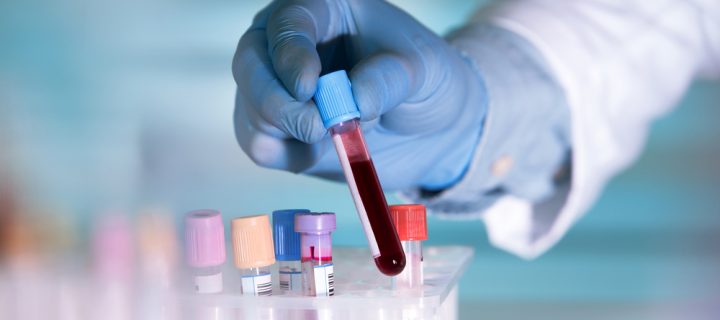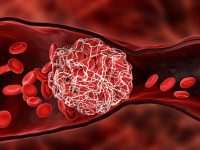A new blood test developed by researchers at the University of Southern California’s Keck School of Medicine could detect the possibility of a coming heart attack before it strikes.
The test, called PULS, which stands for Protein Unstable Lesion Signature, detects protein leaking from unstable lesions that develop in the arteries, caused by damaged cholesterol circulating in the blood stream.
Many tests available today focus on detecting cholesterol levels and other lipids in the bloodstream to spot early warning signs of heart attack.
Cholesterol is an important element of heart health, says Dr. Douglas Harrington, who presented findings at a Vancouver conference this weekend, and is a clinical professor at the University of Southern California’s Keck School of Medicine and CEO of GD Biosciences. However, Harrington says, 50% of patients hospitalized due to a heart attack show normal levels of cholesterol, and may show no warning symptoms, such as chest pain.
PULS can help prevent heart attacks in these patients before they happen by measuring nine protein markers in the blood, to determine the current level of injury in the heart. Patients whose tests detect warning signs in their blood could alter their lifestyle patterns to avoid an attack in the future.
Dr. Harrington compares PULS to the function of a car’s check-engine light. “It’s telling you there’s a problem but your car hasn’t developed symptoms yet.”
PULS is designed for people aged 40 and older and is the result of 15 years of research on the development of lesions in animals and humans.
The test has been available in the United States since November 0f 2015, and is not yet in Canada. Plans are being made to obtain provincial approvals.
In Canada, more than 1.4 million have heart disease and it is also one of the leading causes of death in the country, claiming more than 33,600 lives each year.
Photo credit: angellodeco/Shutterstock












